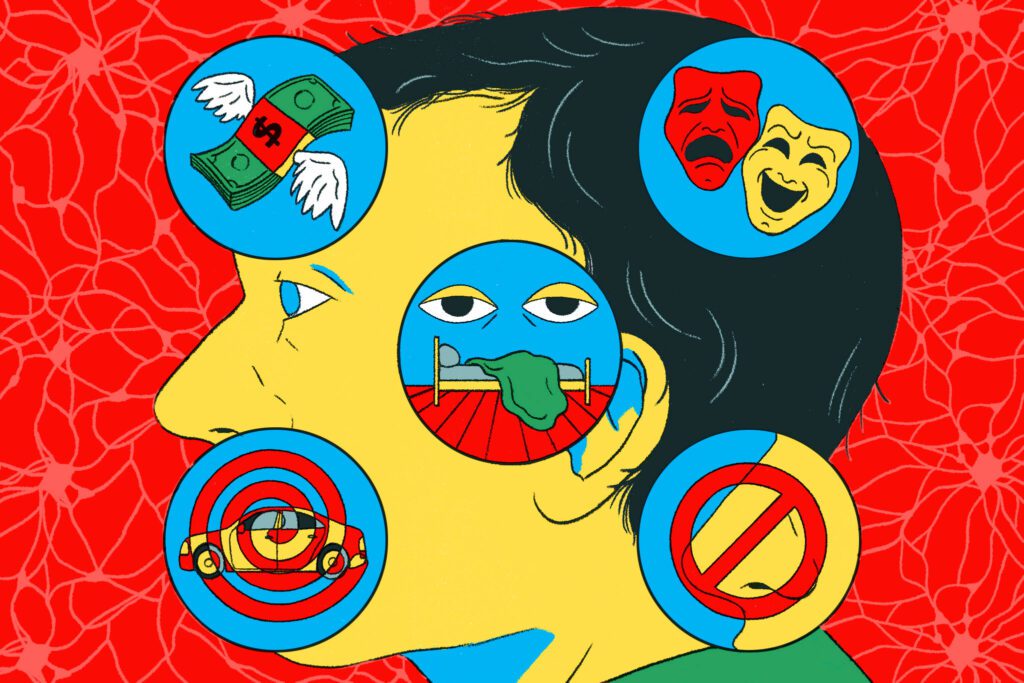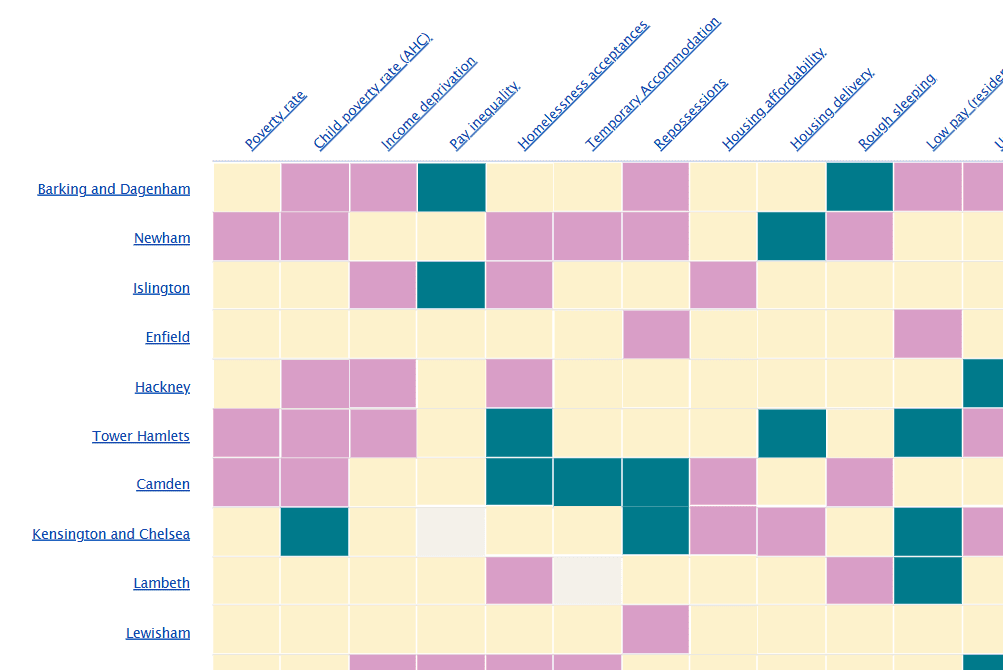Archive for October 2024
Ecuador country climate and development report
Association of parental adverse childhood experiences with offspring sleep problems: the role of psychological distress and harsh discipline
Memory Loss Isn’t the Only Sign of Dementia

Memory loss is the most well-known symptom of dementia, particularly Alzheimer’s disease. But experts say there are other warning signs that can signal early brain changes — ones that are especially important for types of dementia where forgetfulness is not the primary symptom. Just like occasional lapses in memory, these issues can also be attributed to other age- or health-related changes (or just a bad day), so experts emphasized that they aren’t necessarily red flags for dementia in isolation. But, especially in combination, they might be a sign that it’s time to see a doctor.
Culturally Adaptive Interventions for Population Health Science
Household Food Security in the United States in 2023
Caring for terminally Ill patients: the impact on oncologists
Health Inequities
Placing patient safety at the heart of value-based healthcare
2025 Call for submissions pursuant to Human Rights Council resolution 57/33 on “Cooperation with Georgia” (Deadline: 31 Jan)
An investigation on the face inversion effect in deaf children
An evolutionary concept analysis: stigma among women living with hepatitis C
The Emotional Labour of College Student Activism: An Interview-Based Study
Specificity in the Inter-American Court of Human Rights
Solving a problem of their own making: Teach First encounters Gen Z

For many of those who have been trained by or worked with Teach First, this idea of floating between careers, in particular between public and private sector roles, bringing the connections and insider information along, will make perfect sense. That does not mean it makes sense for the teaching profession or those who rely on it, as 22 years of Teach First have demonstrated. Instead, all efforts should be dedicated to making teaching a more attractive profession to join and remain in for the long haul. Teachers need higher salaries, more funding, lower workloads, more trust. That is the real message from this new report. Not lie-ins, lucrative contracts or private sector influence.
Identification of risk factors for adverse drug events in a general hospital
Fostering and adoption statistics 2019/20 to 2023/24: A statistical bulletin
A Jurisdictional Vertigo: Compulsory Arbitration, Sports and the European Court of Human Rights
Evaluating Case Attrition along the Medico-Legal Case Referral Pathway for Sexual and Domestic Violence Survivors in Kenya: A Secondary Data Analysis
Overview of London Boroughs: This heatmap compares London’s 32 boroughs across different poverty and inequality indicators

Charles Plater Trust seeks small charity partners to help create a ‘tolerant society of service’ (small grants programme – due by 10 Oct)
Reading metacomprehension of Spanish deaf and hard-of-hearing students
Childhood in the Jewish History of Southern Ukraine in 1919–1920: Family Experience of Violence during the Pogroms
Journal of Family History, Ahead of Print.
The article focuses on how the anti-Jewish pogroms of 1919–1920 affected Jewish children through the lens of family history. It explores demographic data and factors that influenced children and families in Southern Ukraine during that period. The article attempts to reconstruct the children’s experience through their parents’ testimonies and the memories of individuals who endured the anti-Jewish pogroms during childhood. It also analyzes how the experience of the anti-Jewish pogroms has transformed in historical memory and its current influence on public opinion.
Psychiatrists experiences of involuntary care in South Africa: dilemmas for practice in challenging contexts
Longitudinal Nonresponse Prediction with Time Series Machine Learning
State apparatus and public services: how should their relationship be?
Social care and social work – National entitlement or national control?
Prevalence of child maltreatment in a nationwide sample of 18 to 31 year-olds in Germany
Constructing vaccination slogans in the late stage of vaccine launch: an experimental study based on the framing effect theory
The Impact of Mail, Web, and Mixed-Mode Data Collection on Participation in Establishment Surveys
Are Older Adults More Prosocial Than Younger Adults? A Systematic Review and Meta-Analysis
A synergistic approach of telehealth and community programs for perinatal mental healthcare
Academia can no longer ignore its systemic inter-generational inequality
Formal versus informal pathways to mental health care in China
Notice of Special Interest (NOSI): Training Program in Application of Artificial Intelligence in Development of Treatment for Substance Use Disorders)
Commercial interests contribute to drug use and addiction

Biomedical sciences are bringing increased focus to social determinants of health…. Very often, commercial interests are intertwined with these social and environmental factors, which has led to the recognition by WHO and other agencies of the need to study and address so-called commercial determinants of health. Commercial interests are an important component of the social determinants of addictive behaviors and disorders.
The prediction of social catastrophes: Between necessity and contingency
Economic burden and quality of life of patients with dementia in China: a systematic review and meta-analysis
Historical UT building will be demolished despite landmark designation

For months, professors, students and preservation groups have been fighting to save the School of Social Work building, which dates back to 1933 and was once the University Junior High School, which played a large role in the desegregation of Texas public schools. Its model of a successfully integrated school eventually led to the end of school segregation in Austin. Replace an historic building with a football practice facility that facilitates young men acquiring CTE (chronic traumatic encephalopathy)? Of course… it’s America.
Healthy Lifestyles in Bipolar Disorder: Bay Area Study
Experiences of family caregivers of patients with end-of-life cancer during the transition from hospital to home palliative care: a qualitative study
Adaptive measures to deal with the next pandemic caused by climate change in at-risk groups
Enhancing the science–policy linkages using traditional and Indigenous knowledge
No Man Is an Island: Resiliency Among Older African American Men Living with HIV
Call for volunteers: Cochrane Engage [ Be part of a global volunteer community engaged in health evidence work ]
Artificial Unintelligence: How Computers Misunderstand the World

I Grew Up Much Like JD Vance. How Did We End Up So Different?

Perhaps, on the debate stage, Mr. Walz can push Mr. Vance to commit to legislation geared toward treating people with substance use disorders. Mr. Walz can also expose how Mr. Vance turned his back on the things that helped make him who he is — public schools, public college and Ivy League opportunities — and catapulted him onto the very stage from which he will speak this week.
Voting as a Social Work Intervention
Is your thesis by publication policy hostile to students?
L.A. Affairs: I’m crying a lot lately and arguing with my husband. Is L.A. to blame?

So even though my joints ache and my body slips into perimenopause, even though my marriage is going through a rough patch and my creative practice has seemingly died, I know I’ll be OK. In the words of Anthony Kiedis of the Red Hot Chili Peppers, “At least I have her love, the city, she loves me. Lonely as I am. Together we cry.”